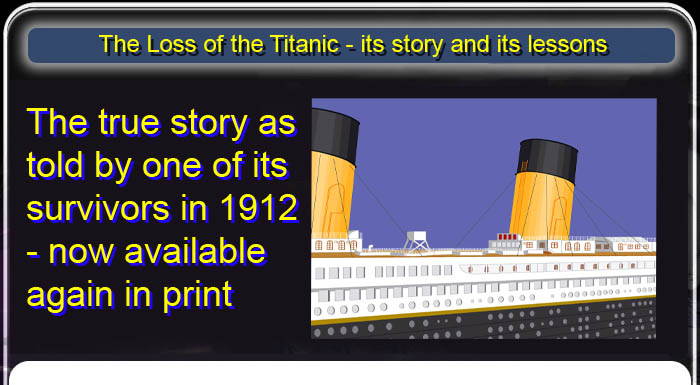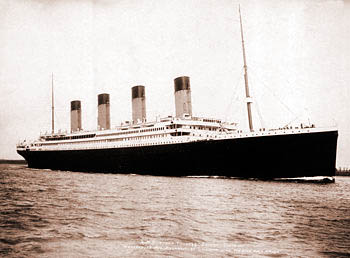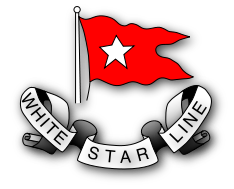
|
Available in printed, ebook and Apple iBook format (via iTunes) RMS Titanic was the largest passenger steamship in the world when she set off on her maiden voyage from Southampton, England, to New York City, USA, on 10 April 1912. Four days into the crossing, near midnight on 14 April 1912, she struck an iceberg, opening up a gash in her hull. CQD and SOS messages were sent via radio, but no ships were close enough to get to her for some time.
The high casualty rate with the Titanic sinking was due in part to the fact that, although complying with the regulations of the time, the ship carried lifeboats for only 1,178 people. It was a case of women and children first, with many passengers and crew unable to get onto a lifeboat. Those who did get to a lifeboat did not want to risk rowing back to pick up the survivors from the icy water for fear that their boat would capsize. All they could do was sit and listen to the screams as people drowned or died of exposure.
But what was it like to actually be on the Titanic? Lawrence Beesley was a science teacher, journalist and author who was a survivor of the tragedy. In this dramatic real-life tale Beesley tells first hand what it was like to be on the Titanic as it plunged into the icy waters of the North Atlantic on that fateful night. As well as describing the voyage, the collision with the iceberg and the subsequent sinking, Beesley documents what could have been done to save the 1,500 plus people who perished.
Or, if you prefer, you can order an electronic e-book version, just follow this link. |



 Titanic was designed by some of the most experienced engineers, and used some of the most advanced technologies available at the time. It was a great shock to many that, despite the extensive safety features, she sank.
Titanic was designed by some of the most experienced engineers, and used some of the most advanced technologies available at the time. It was a great shock to many that, despite the extensive safety features, she sank. 